A terrific bit of Orthodox vernacular architecture stashed on a Chicago side street, Holy Trinity was designed by Louis Sullivan of all people. Built in 1903 and apocryphally inspired by a photo of a wooden church in a Siberian village (...probably not true), Sullivan designed this intimate, earthy home for a working-class orthodox congregation made up of rural Rusyn immigrants from the Austro-Hungarian Empire. Sullivan’s initial design actually specified a polychromatic color scheme, with the church’s stucco walls painted ultramarine blue to bright red. It's difficult to imagine today, but it was indeed (at least partially) painted according to Sullivan's specifications from 1903 to 1906.
The story of the orthodox church on the corner of Leavitt and Haddon starts in 1895. That year, Father John Kochurov arrived from Russia to lead Chicago's newly-founded orthodox parish (then known as St. Vladimir's), as well as its sister church, the Church of the Three Hierarchs in Streator - he actually split his time between Chicago and the small Illinois coal town on the Vermilion River.
Father John spearheaded efforts to build the parish a permanent home in Chicago. Soon after the priest's arrival, in 1896 architect John Clifford submitted an unsolicited proposal for a grandiose church in the vein of great Russian urban cathedrals - understandably, those plans failed to resonate with a parish composed of country folk from the Carpathians.
Instead, Father John found a valuable partner in the Slavophile industrialist Charles R. Crane, the son of a founder of Crane Co., a Chicago plumbing, piping, and machinery manufacturer that had boomed after the Fire. While traveling for his dad's company, Charles fell in love with Slavic culture, becoming a noted collector of Slavic art and books. Back in Chicago, he regularly hosted Slavic salons with diplomats, dignitaries, and visiting professors.
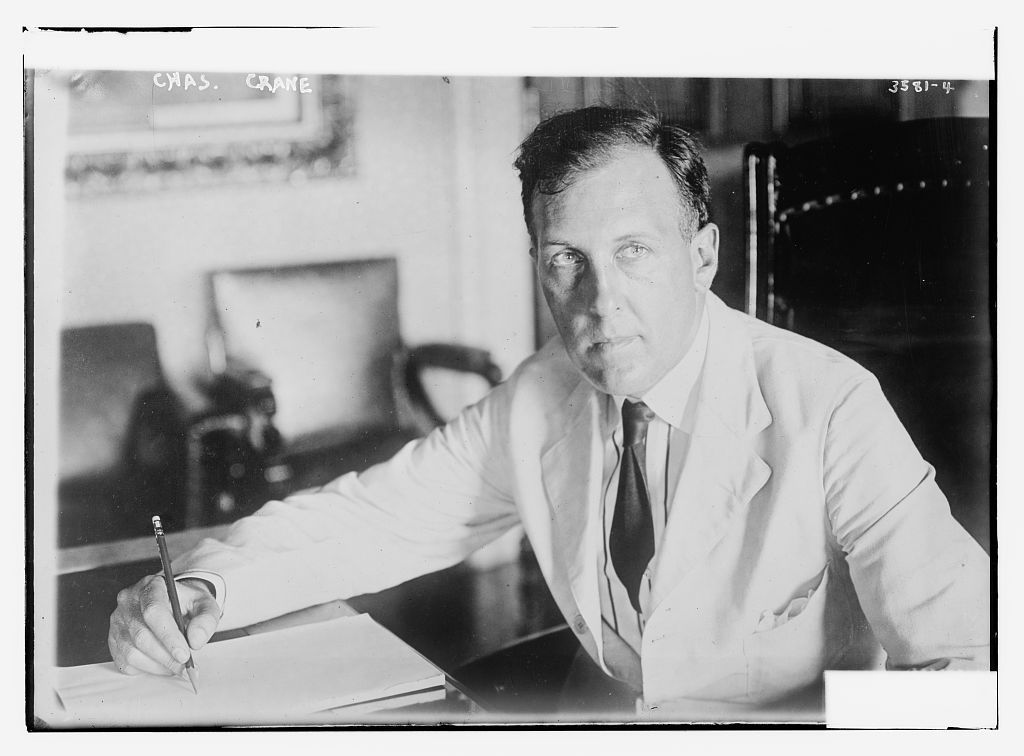

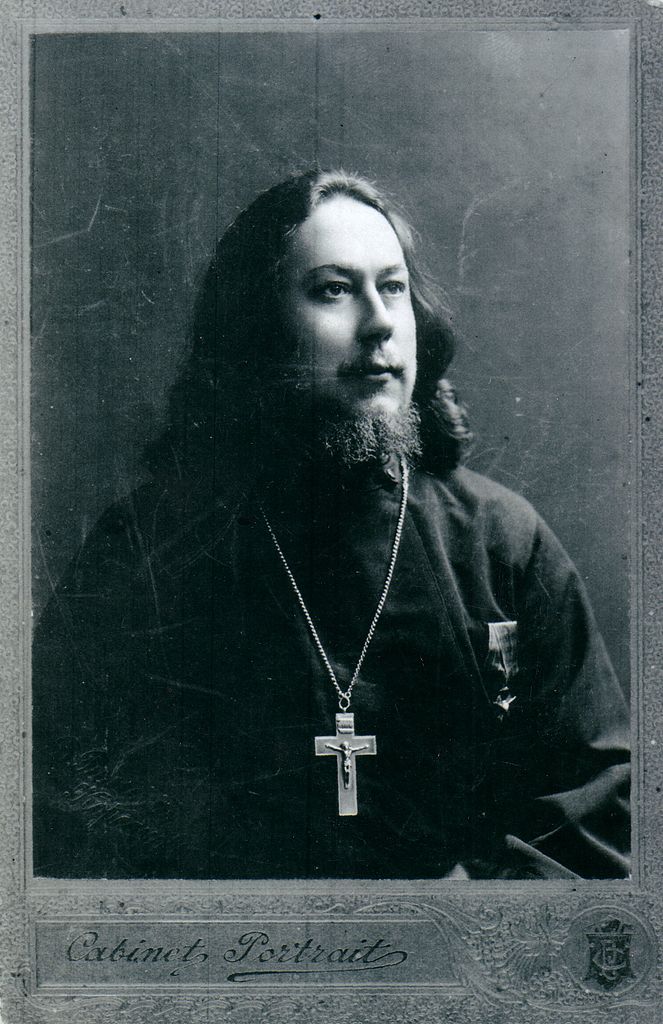
Crane was an unexpected but effective hub for the city's Slavic community. In an inspired bit of networking, Charles Crane introduced the new Russian priest to an architect his family's company had worked with...yeah, Louis Sullivan. To get the project going, Crane pitched in financially and Tsar Nicholas II himself donated 4,000 rubles to the church's construction. Working Crane's connections, Chicago oligarchs like the McCormicks also contributed. After he was hired, even Sullivan got in on the act - the architect halved his regular fee as a donation to the project.
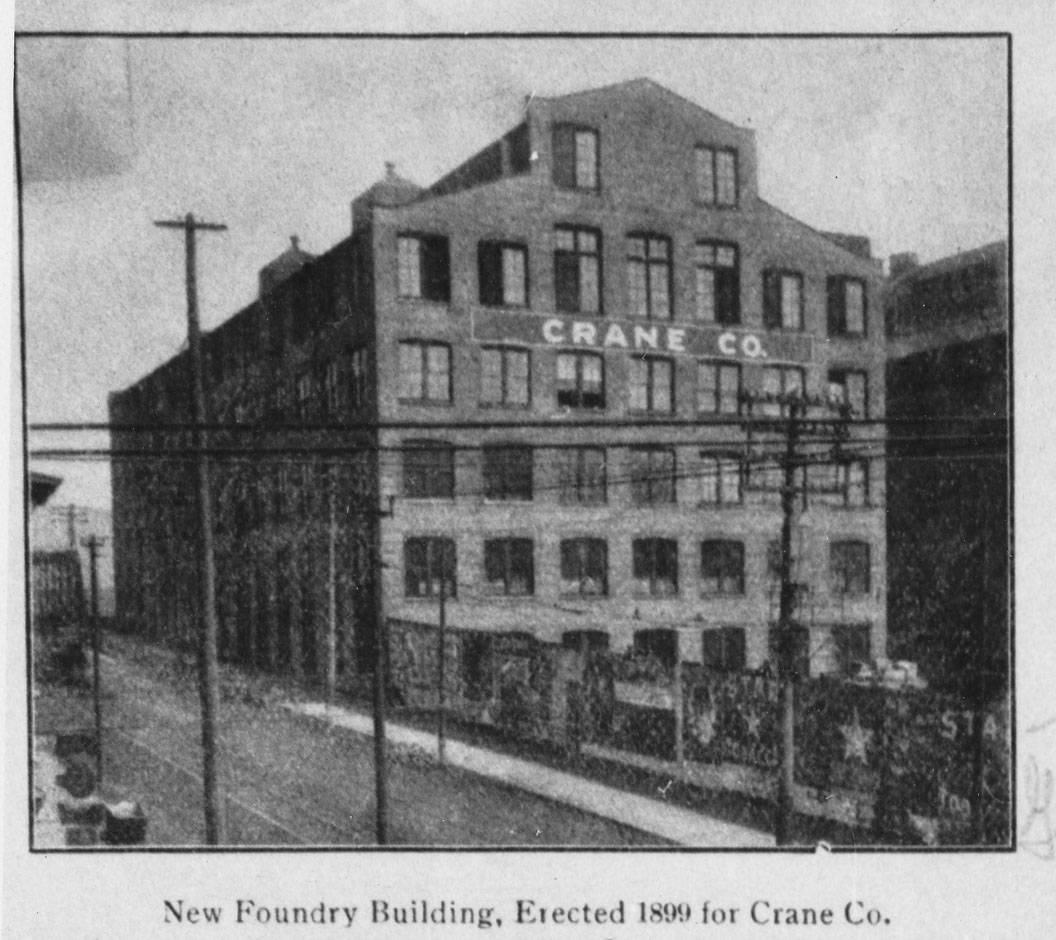
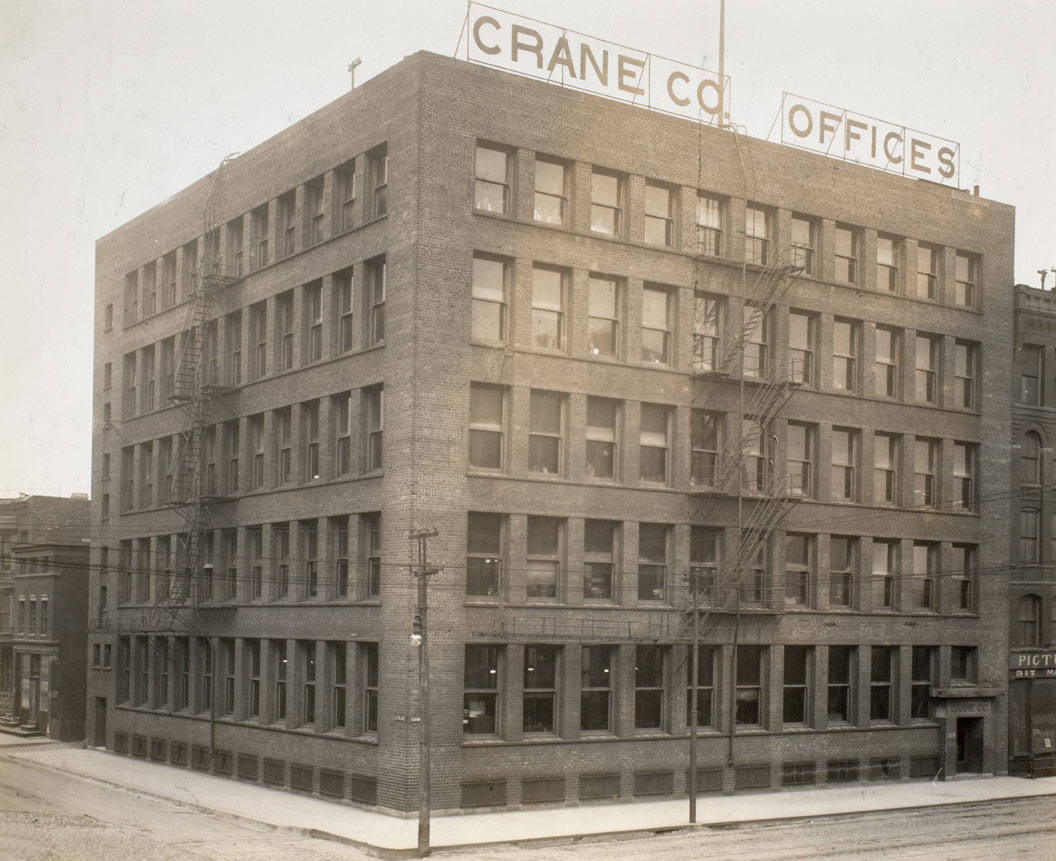
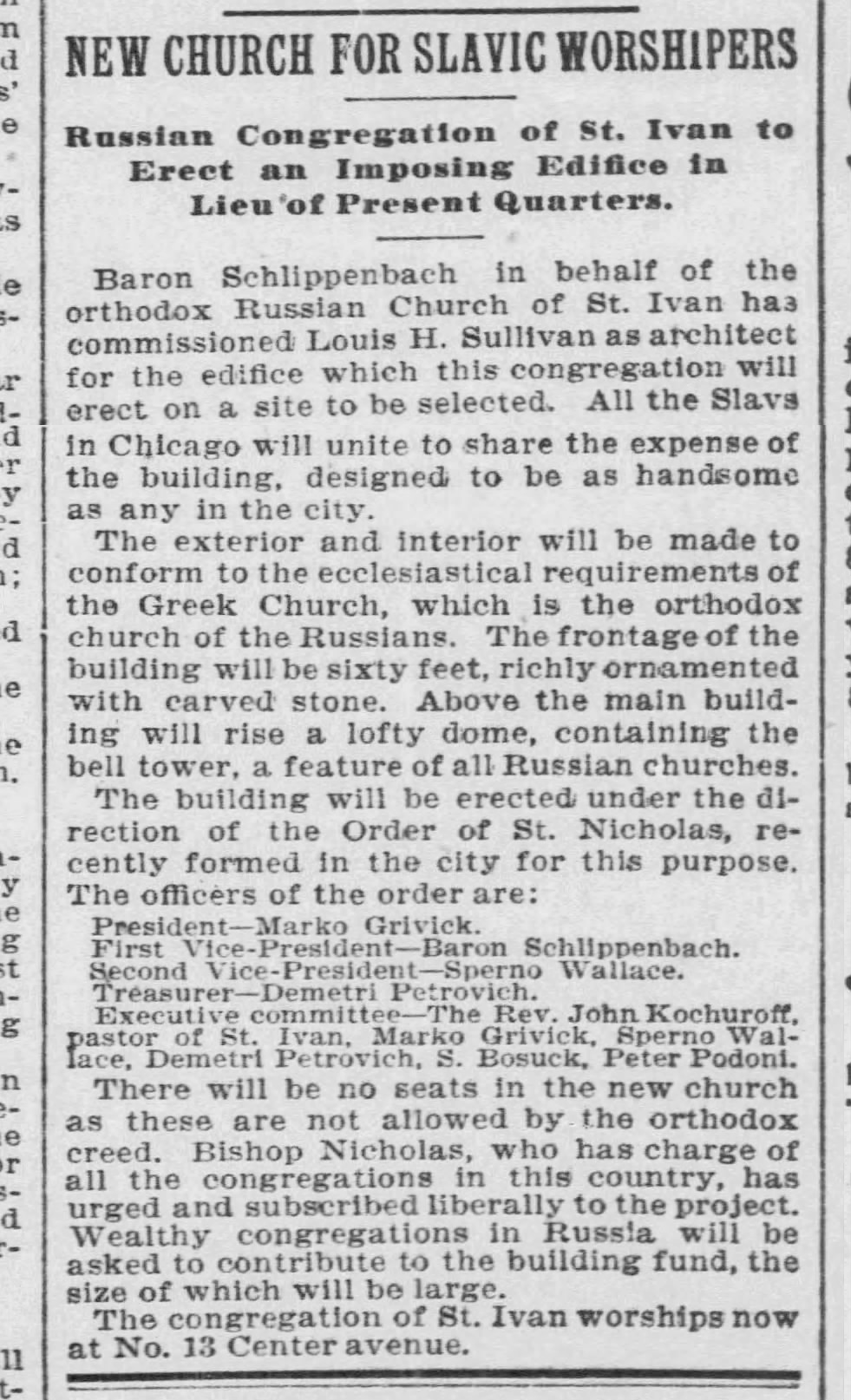
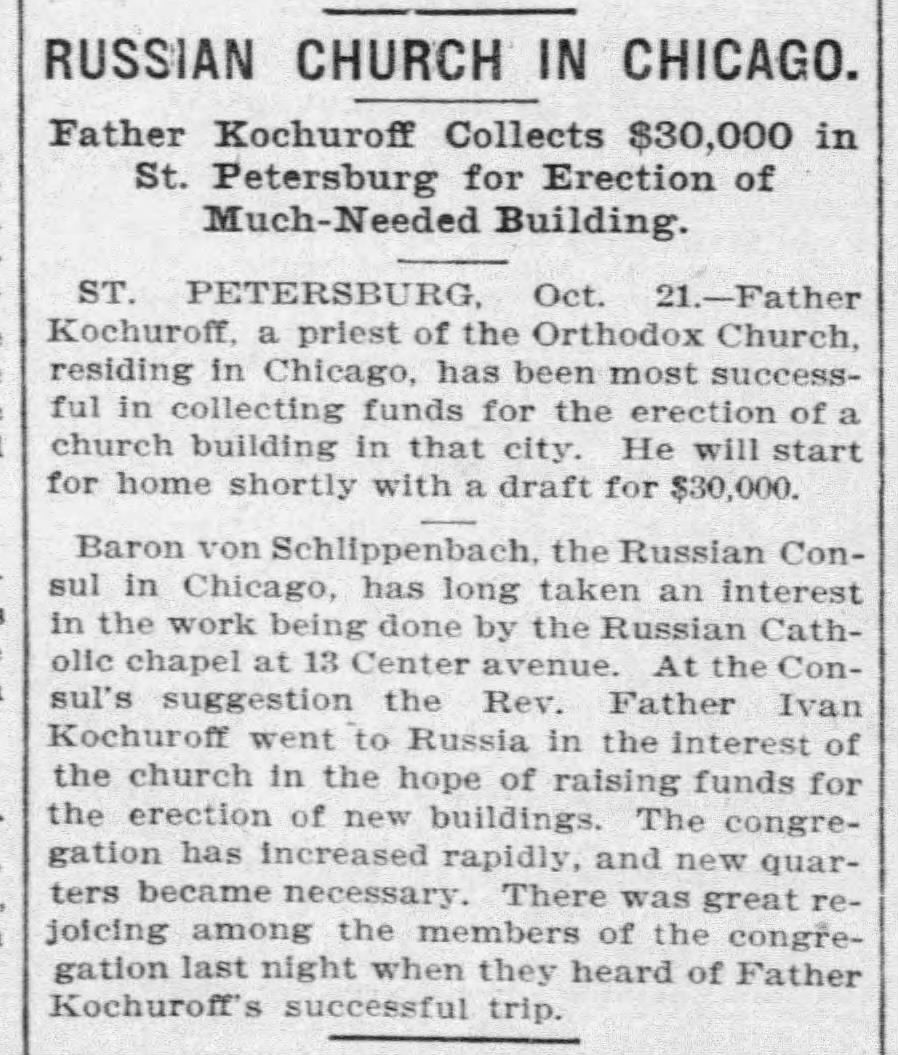
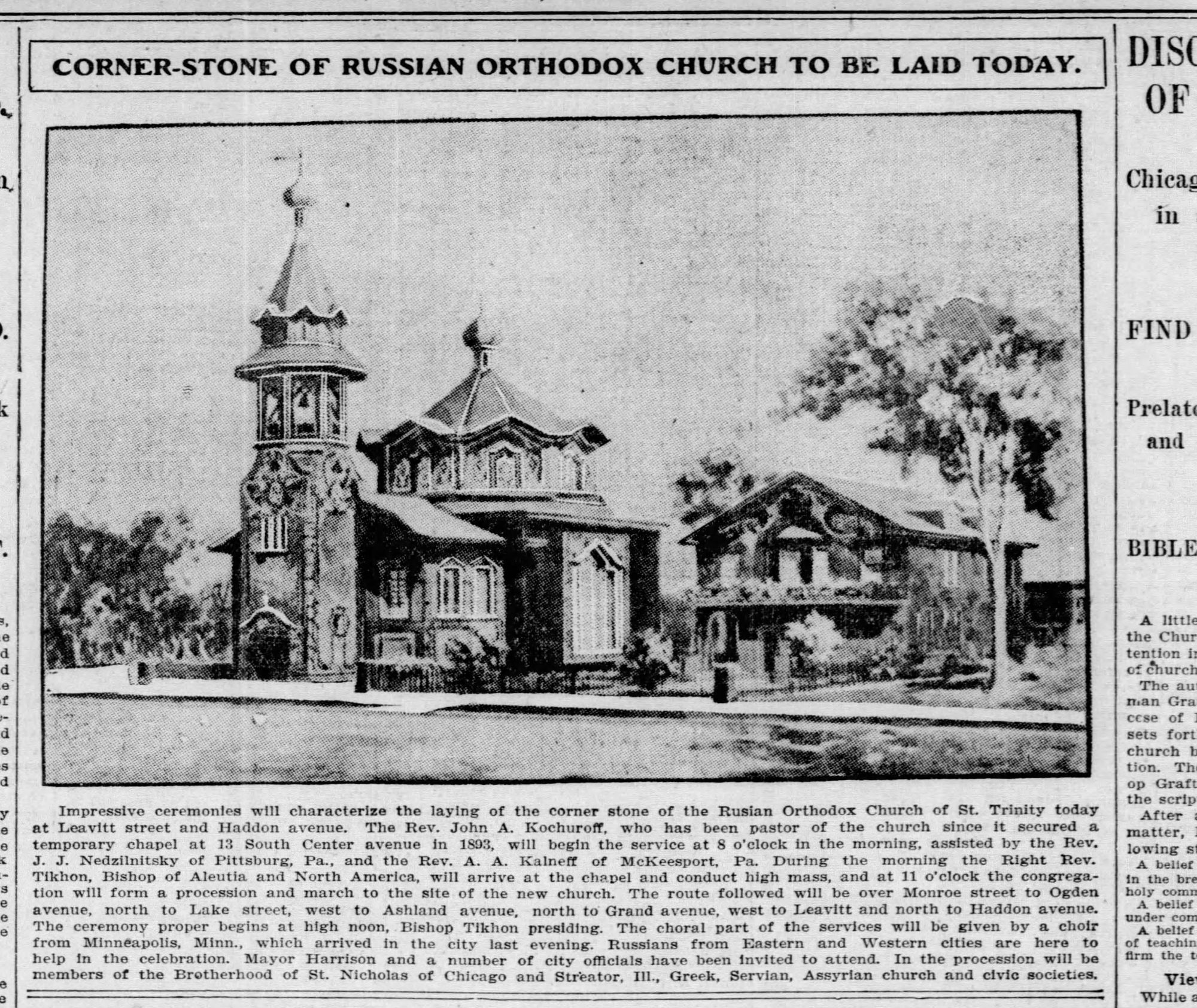
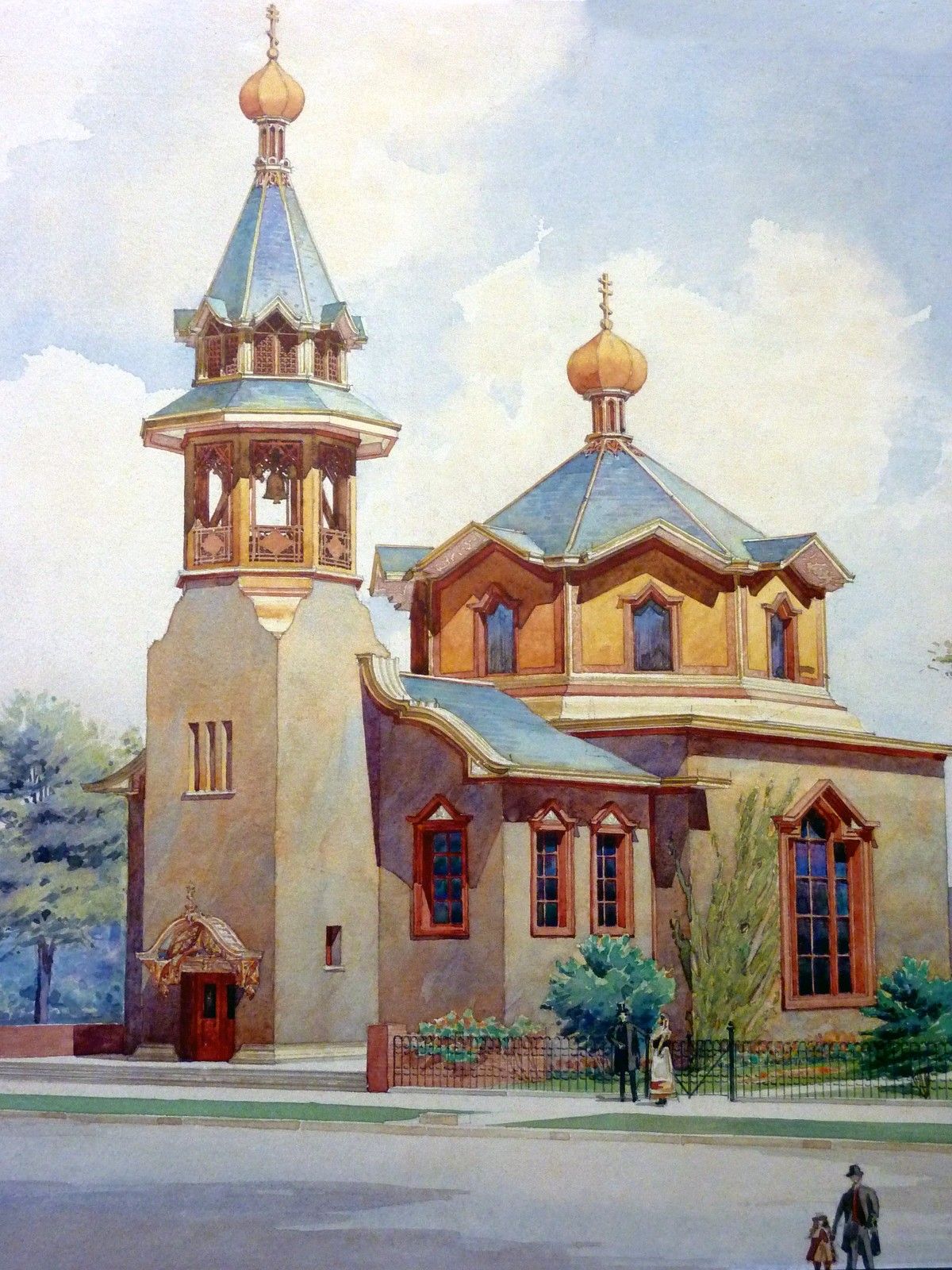
The Holy Trinity commission came at an inflection point in Sullivan's declining career, as he brought the same prodigious talent to smaller and more modest commissions. Here, the end result was this unexpected, but delightful, crossover - a humble and warm church decorated with characteristic Sullivan detail. Completed in 1903, it was consecrated by Bishop Tikhon of the Archdiocese of Alaska and the Aleutians (which, it makes total sense that Chicago once fell under that Russian Orthodox archdiocese, but still, wow).

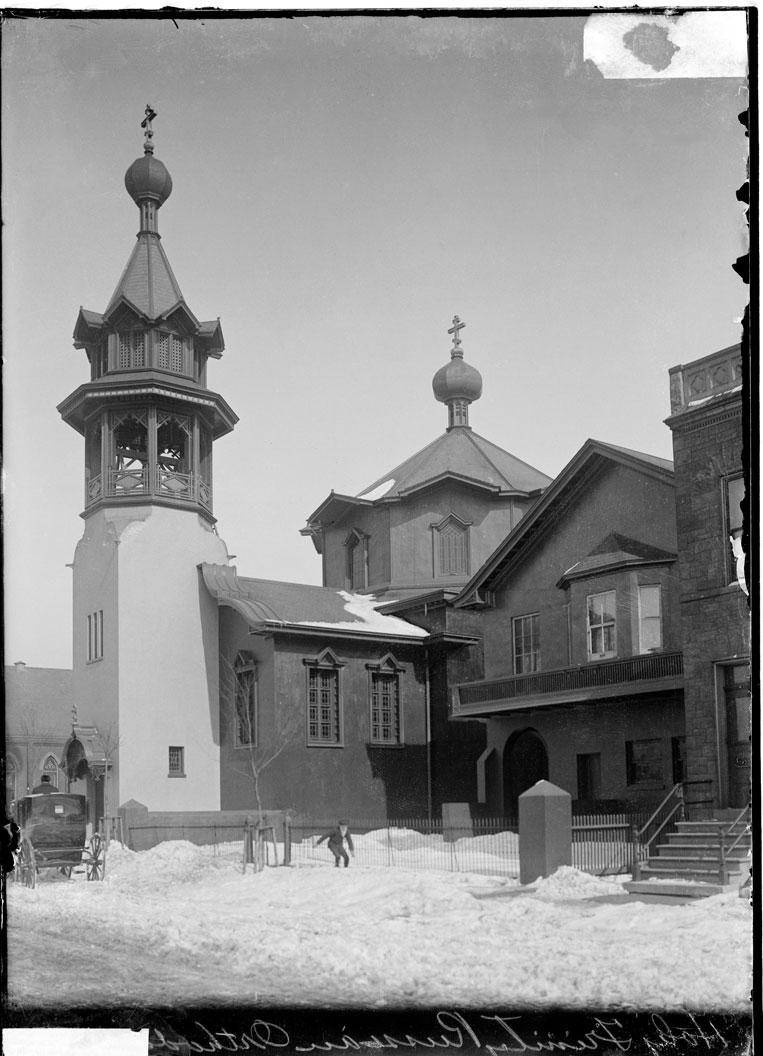
Father John Kochurov returned to Russia in 1908, after 12 years in the US. He was killed in 1917 during the Russian Civil War - he was canonized St. John of Chicago in 1994. The church he worked to build in the city was promoted to a cathedral in 1922.
This unusual neighborhood church represents half of Louis Sullivan's ecclesiastical output. The architect only designed two churches in his entire career - a decade after this one, he designed St. Paul’s United Methodist Church in Iowa. Similarly fantastic, but otherwise dissimilar in just about every way.
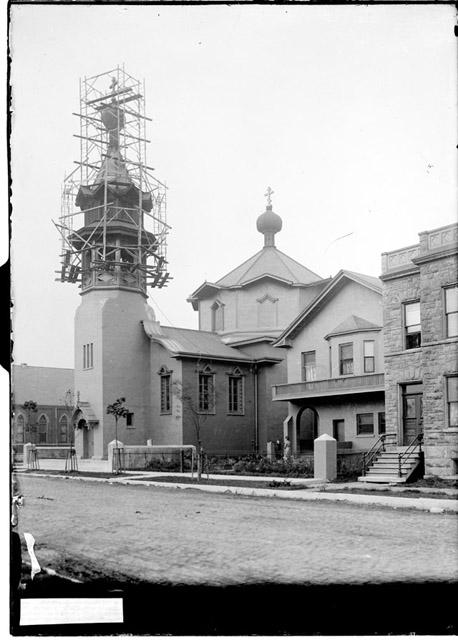
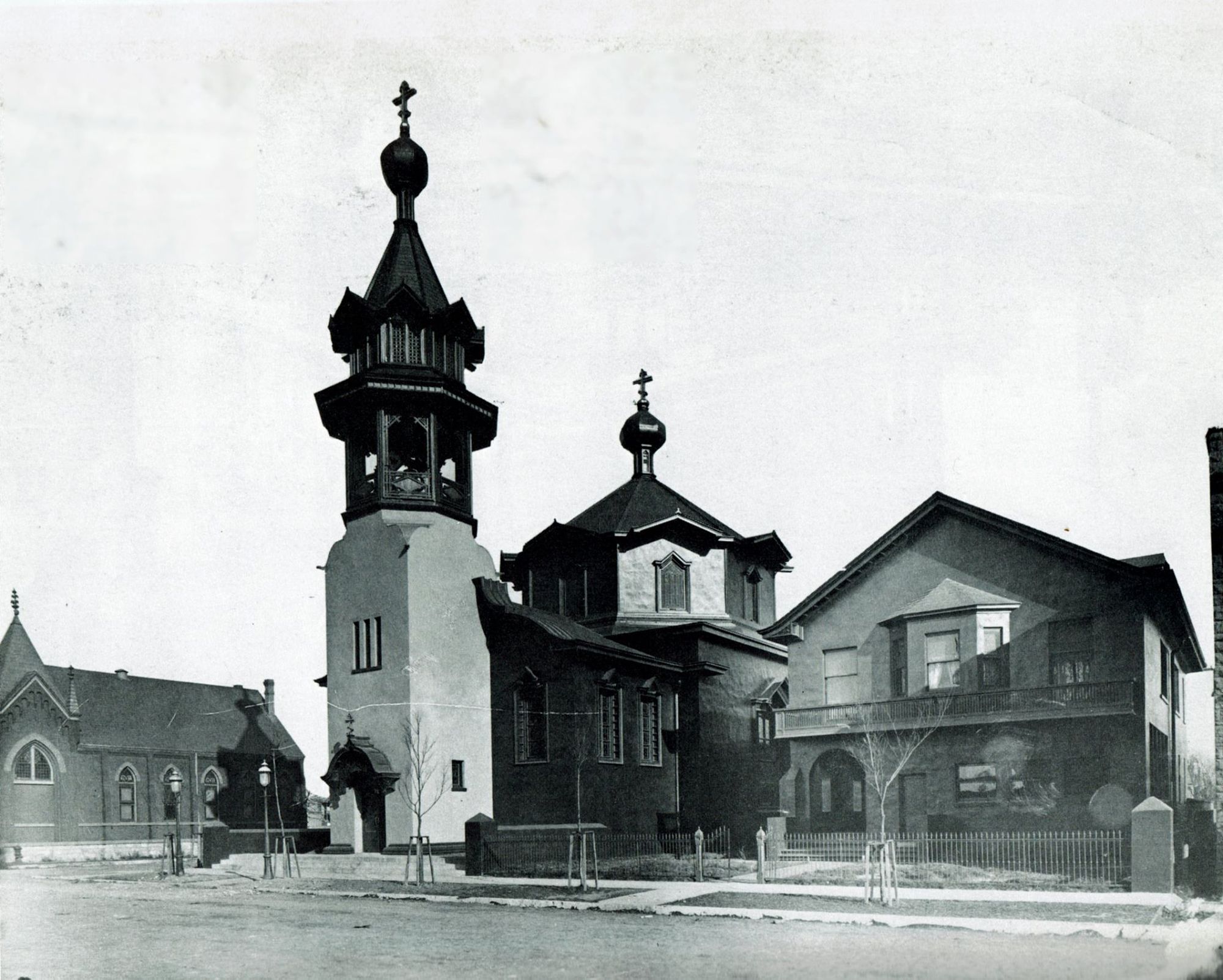
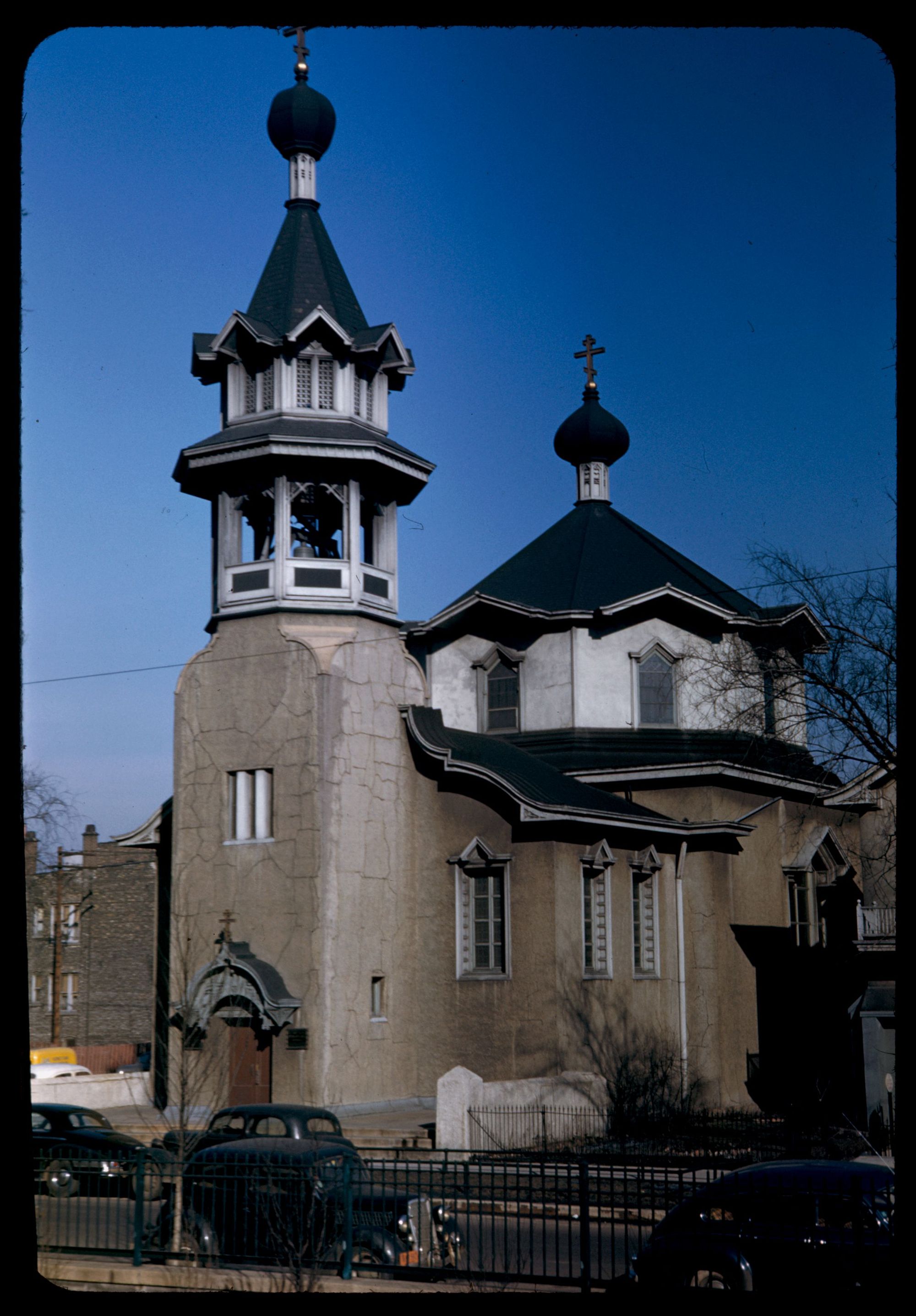
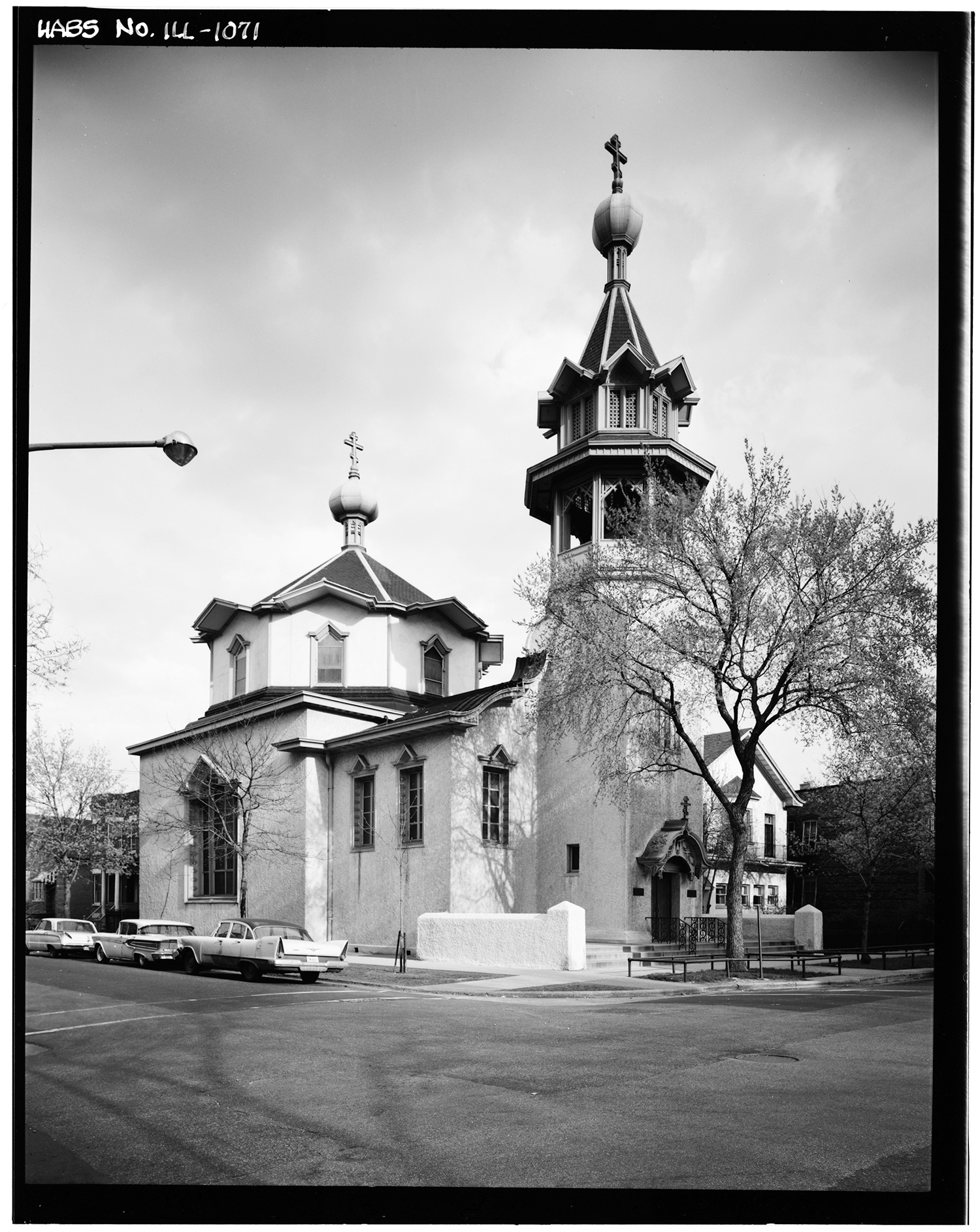
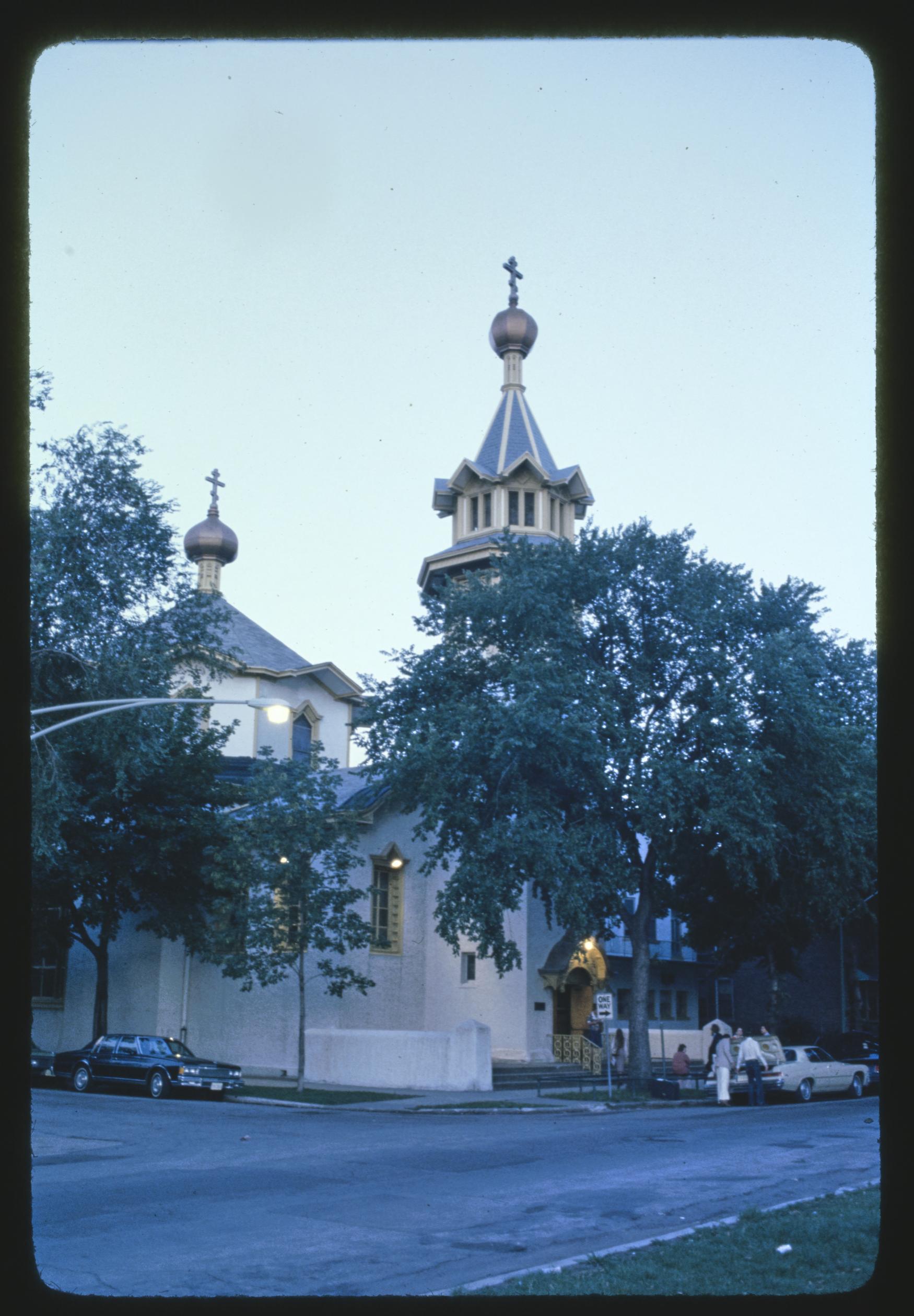
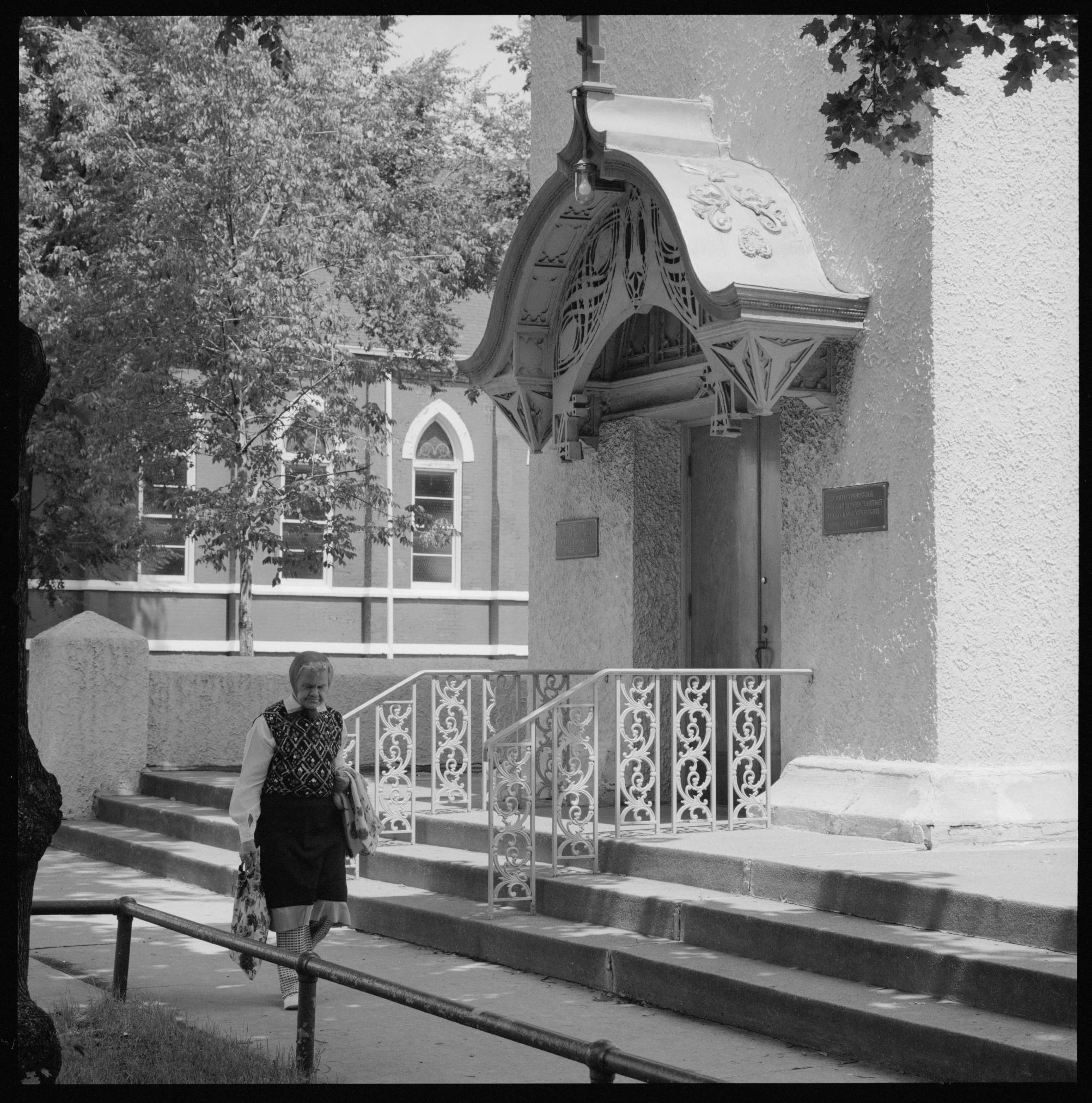
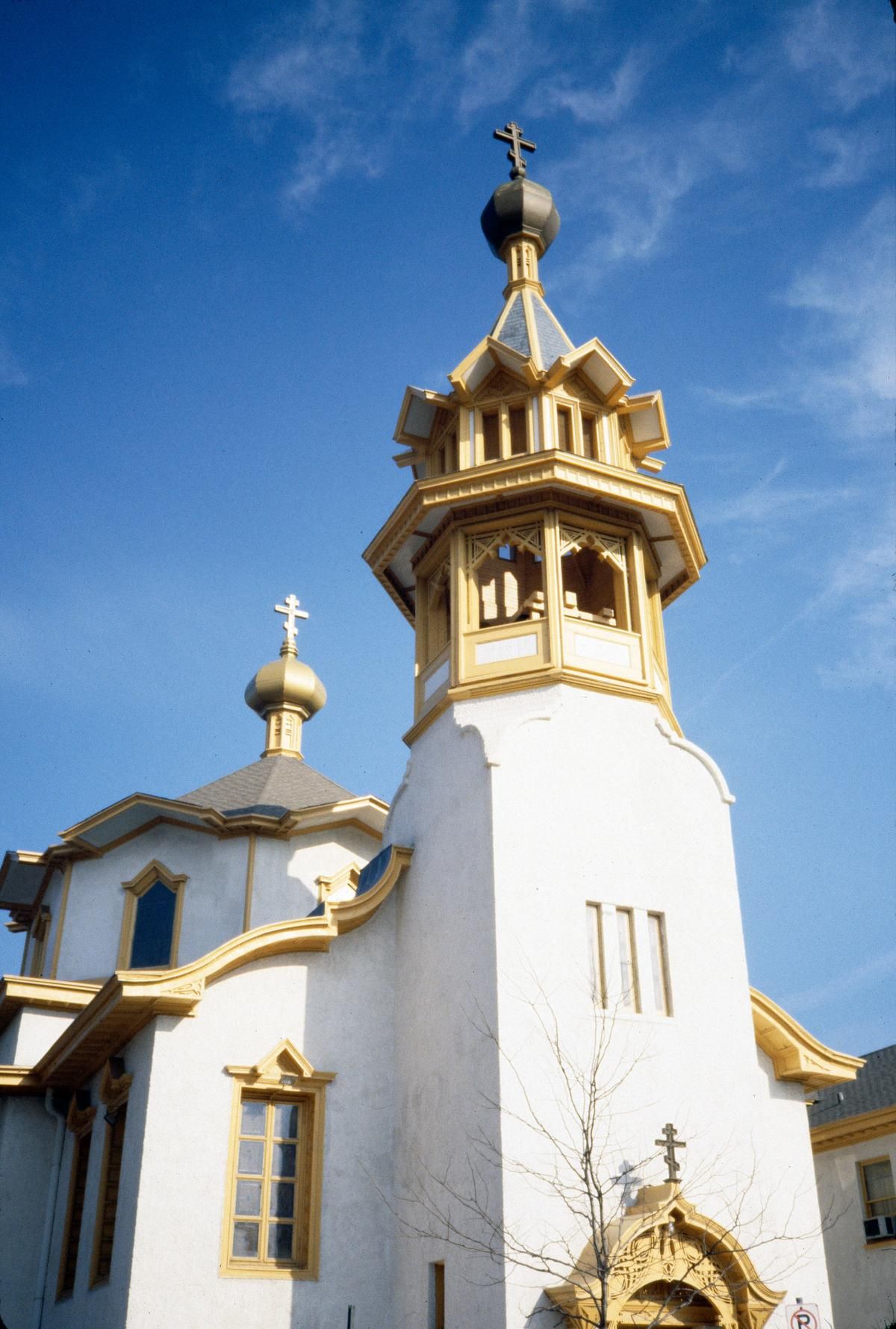
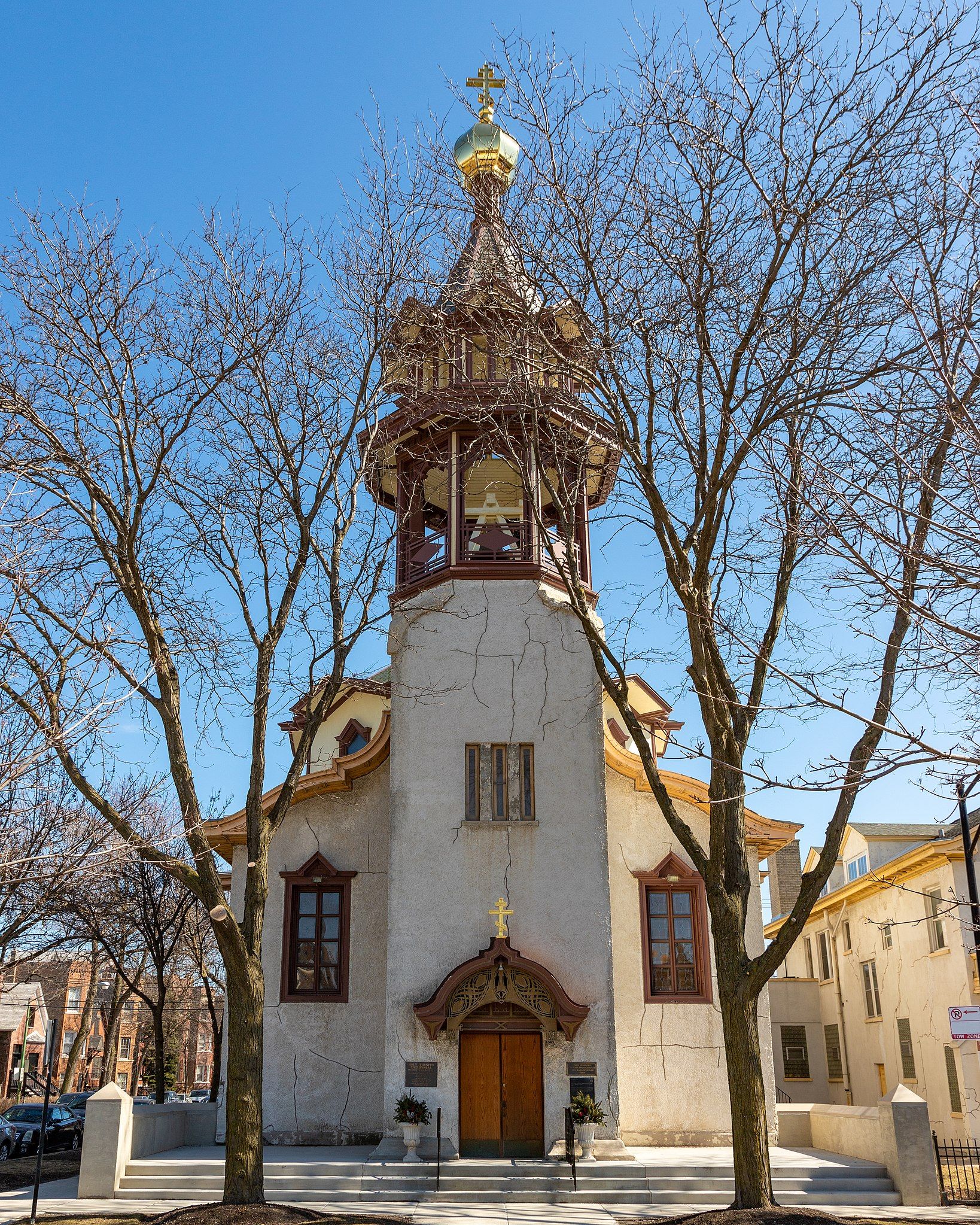
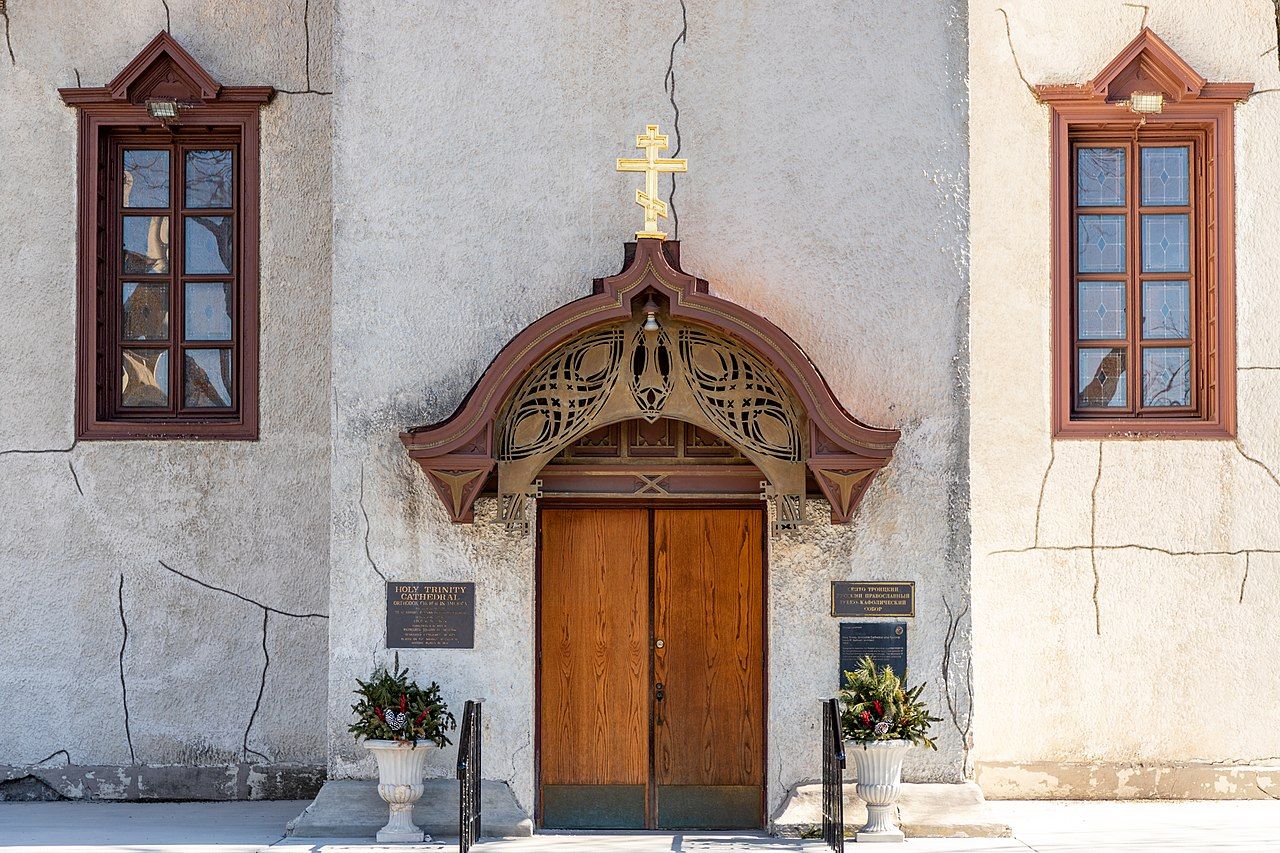
Production Files


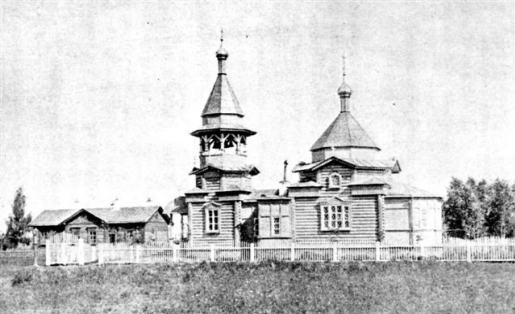

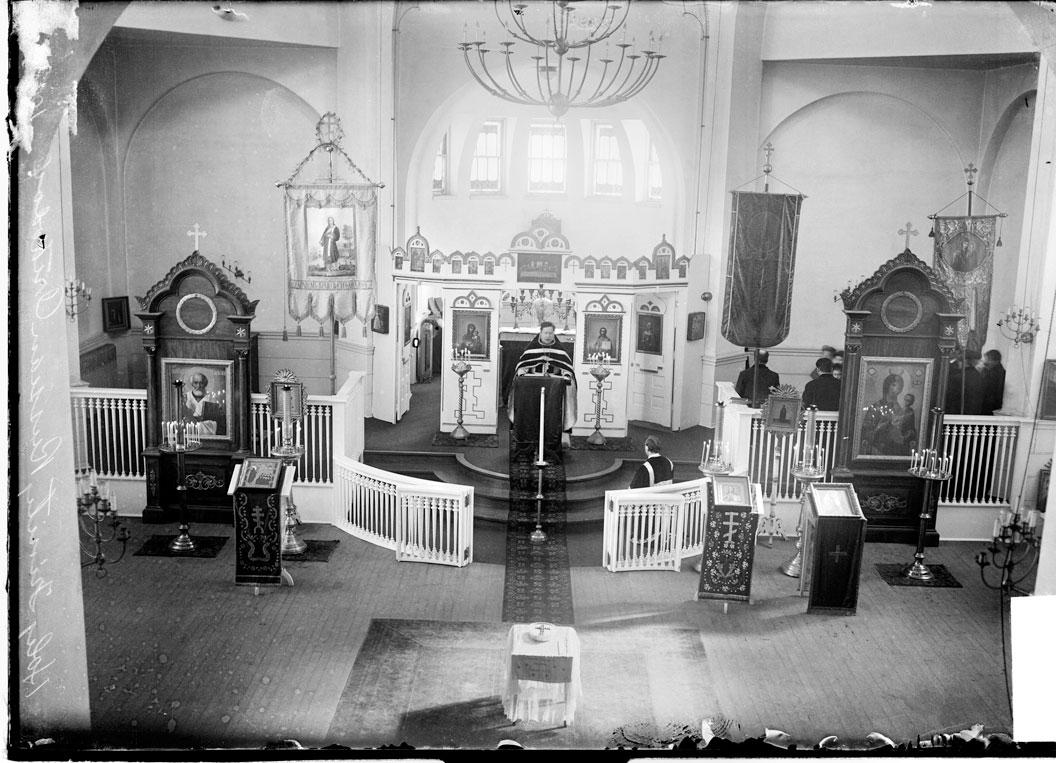
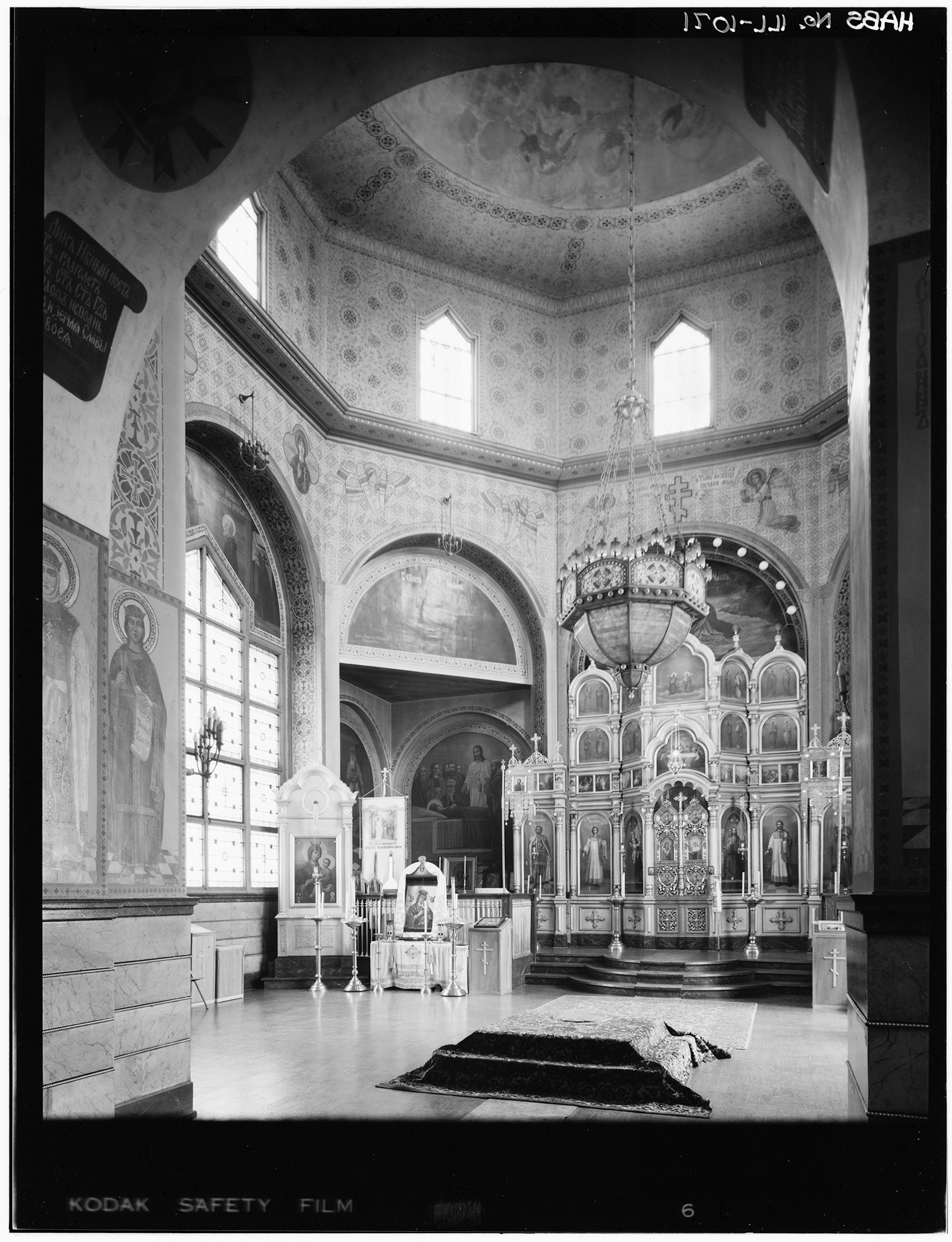
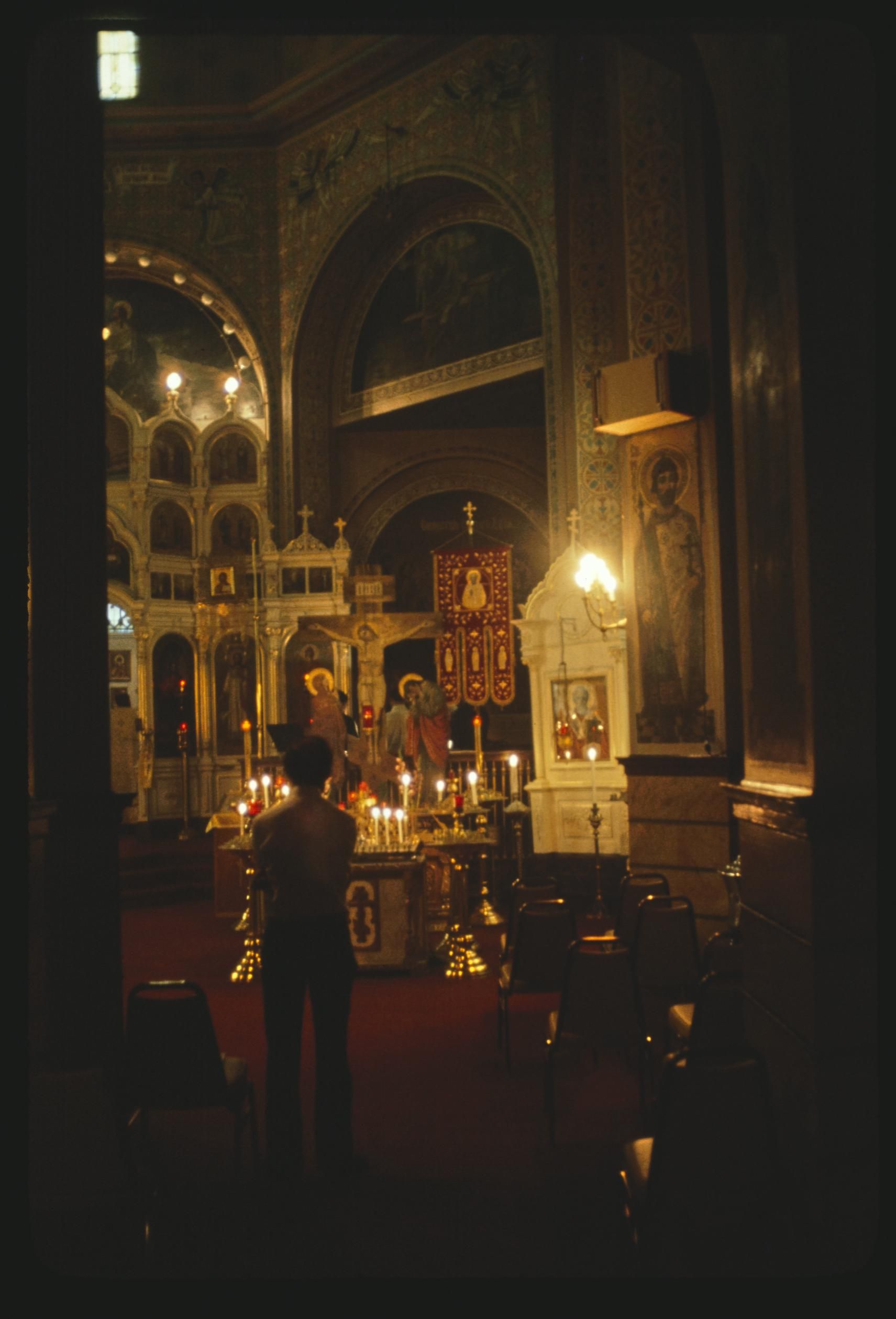
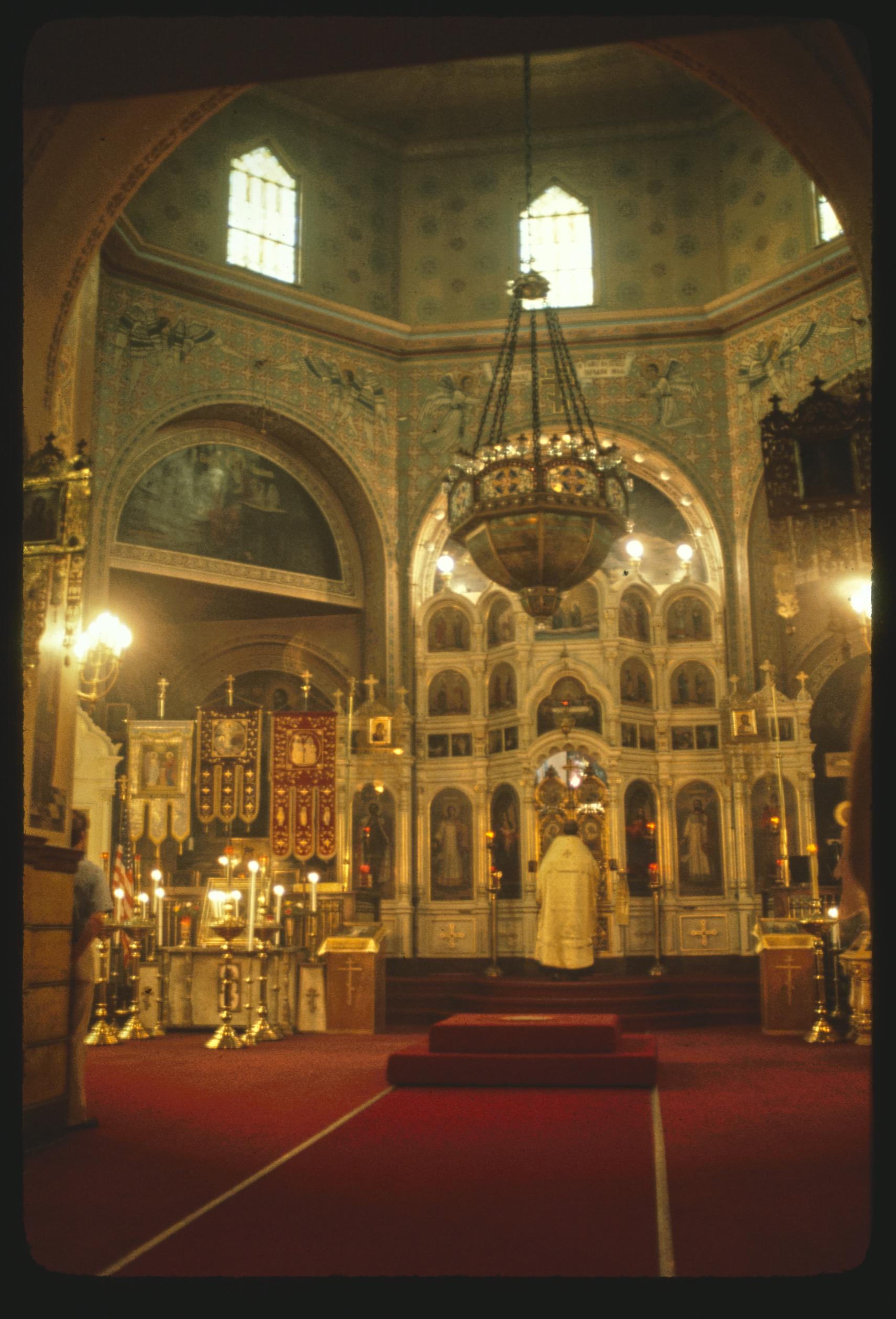
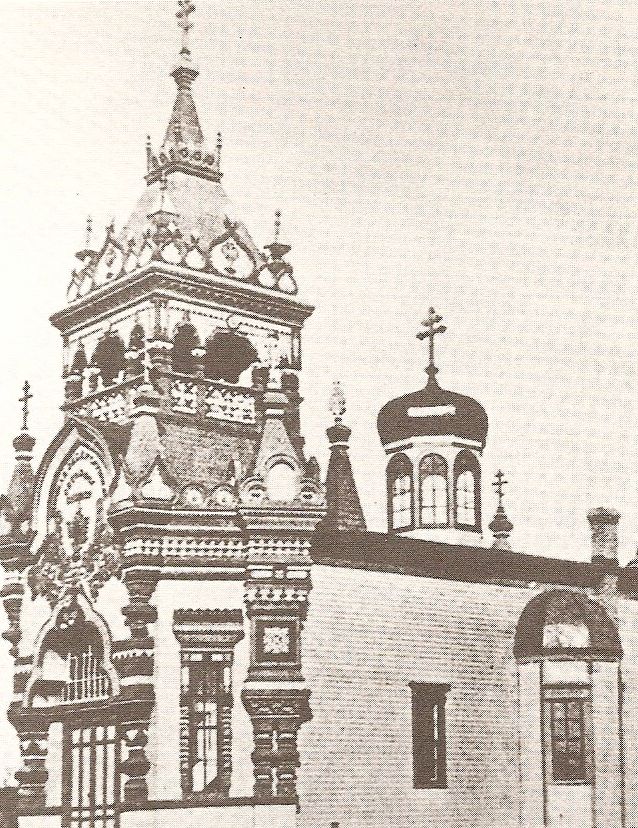
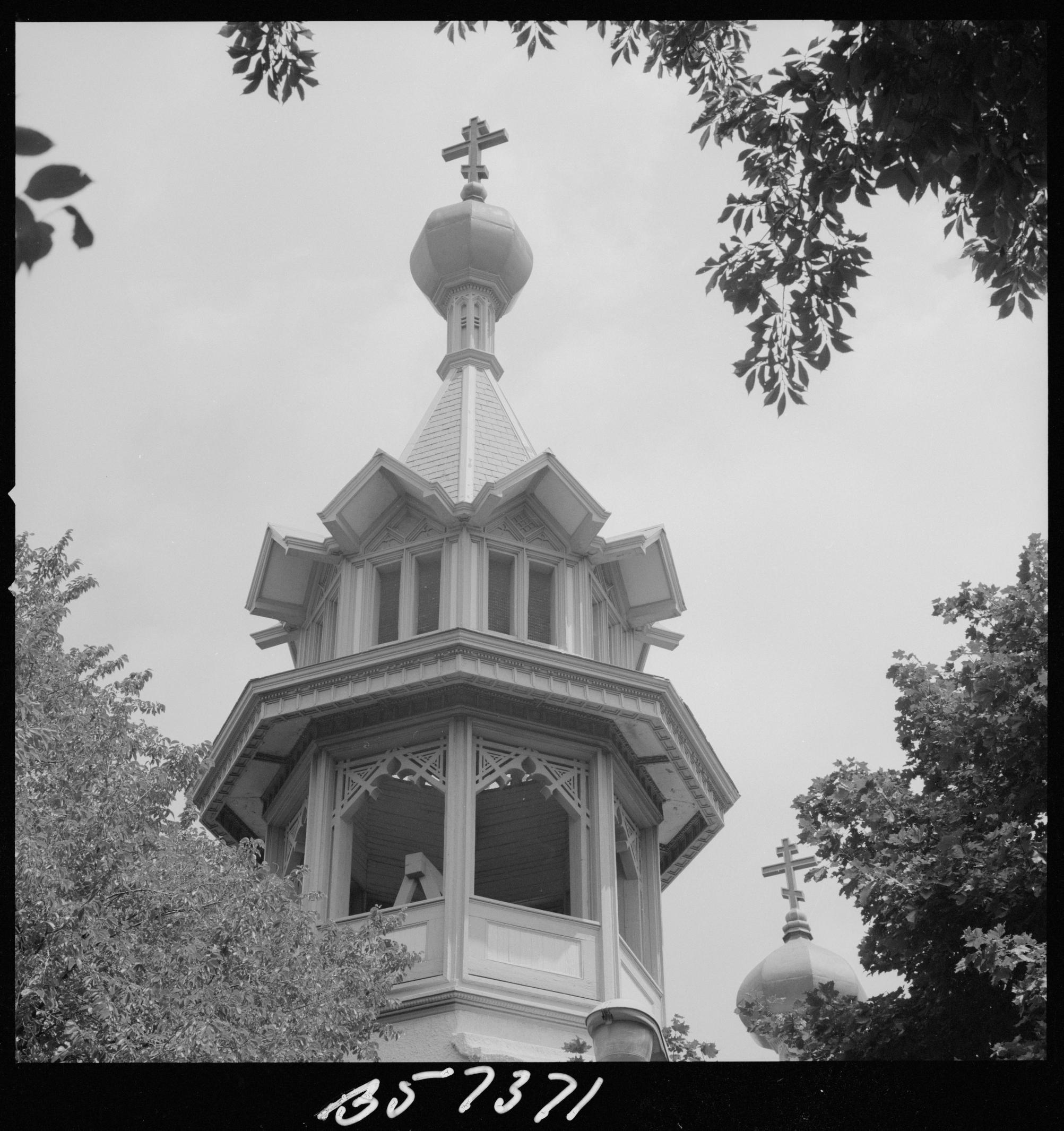
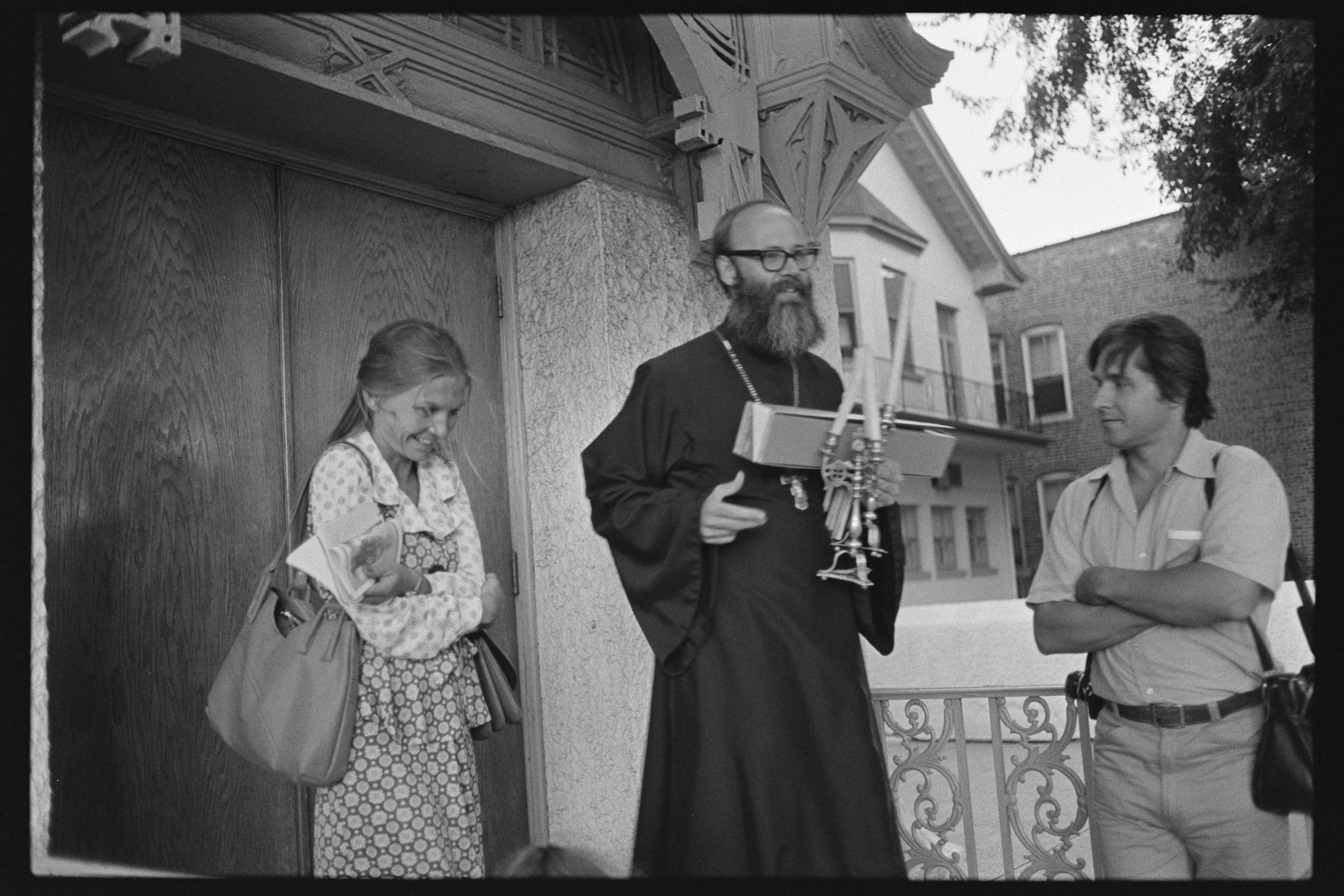
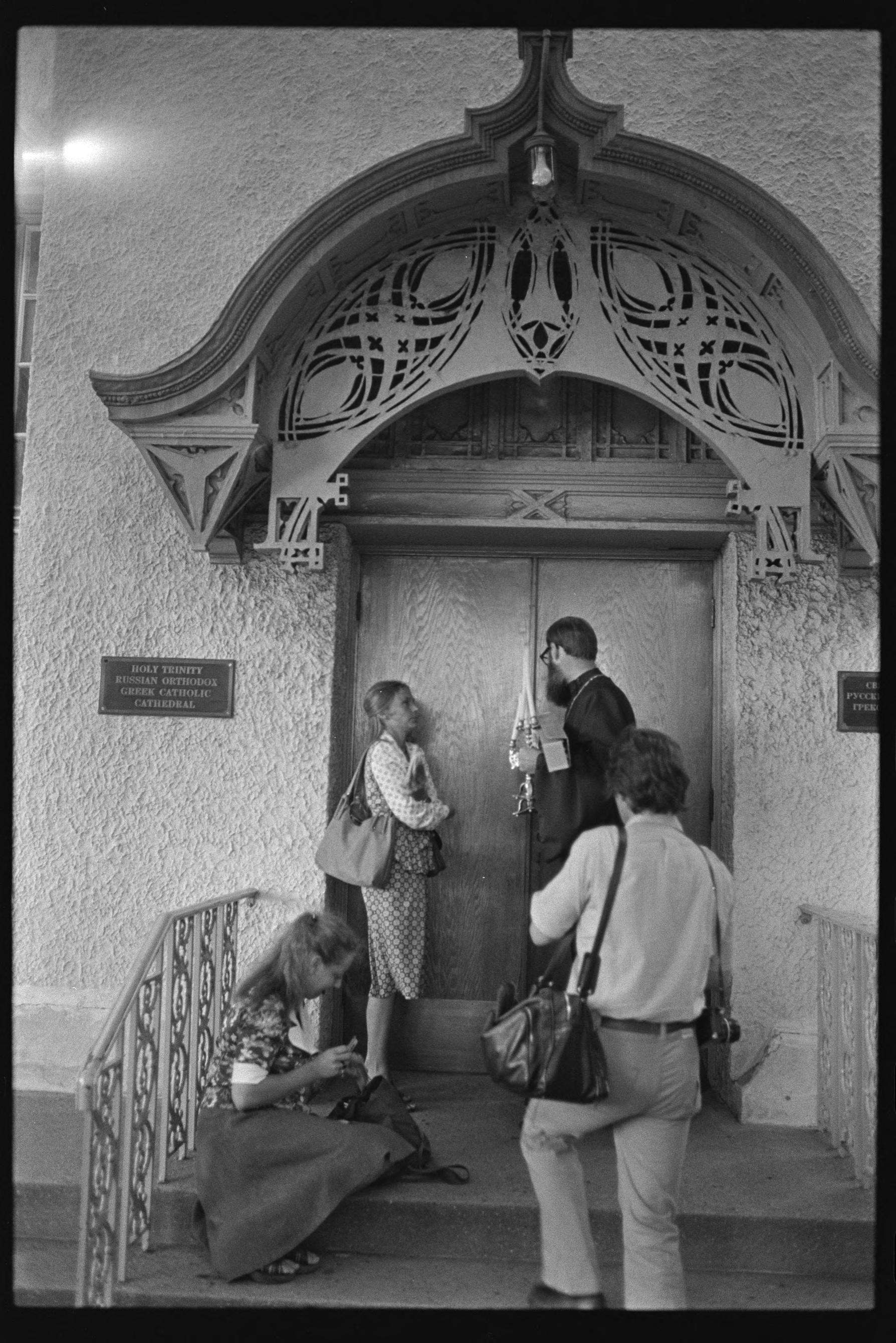
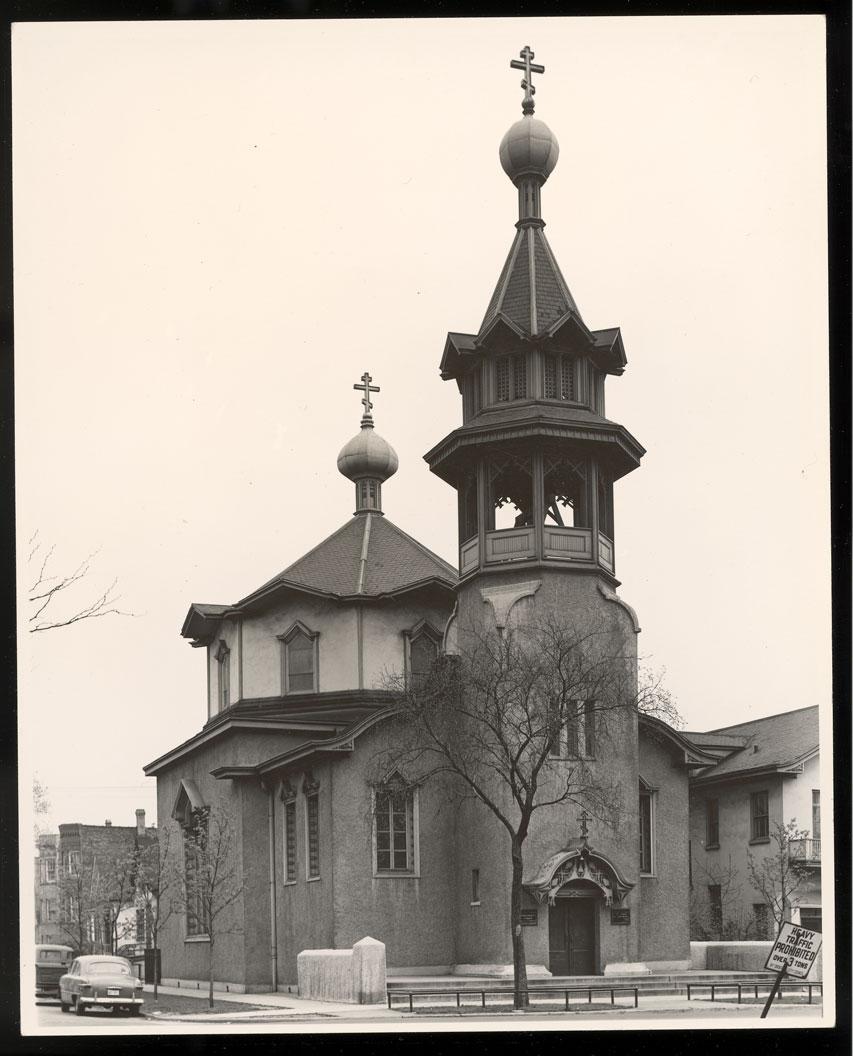
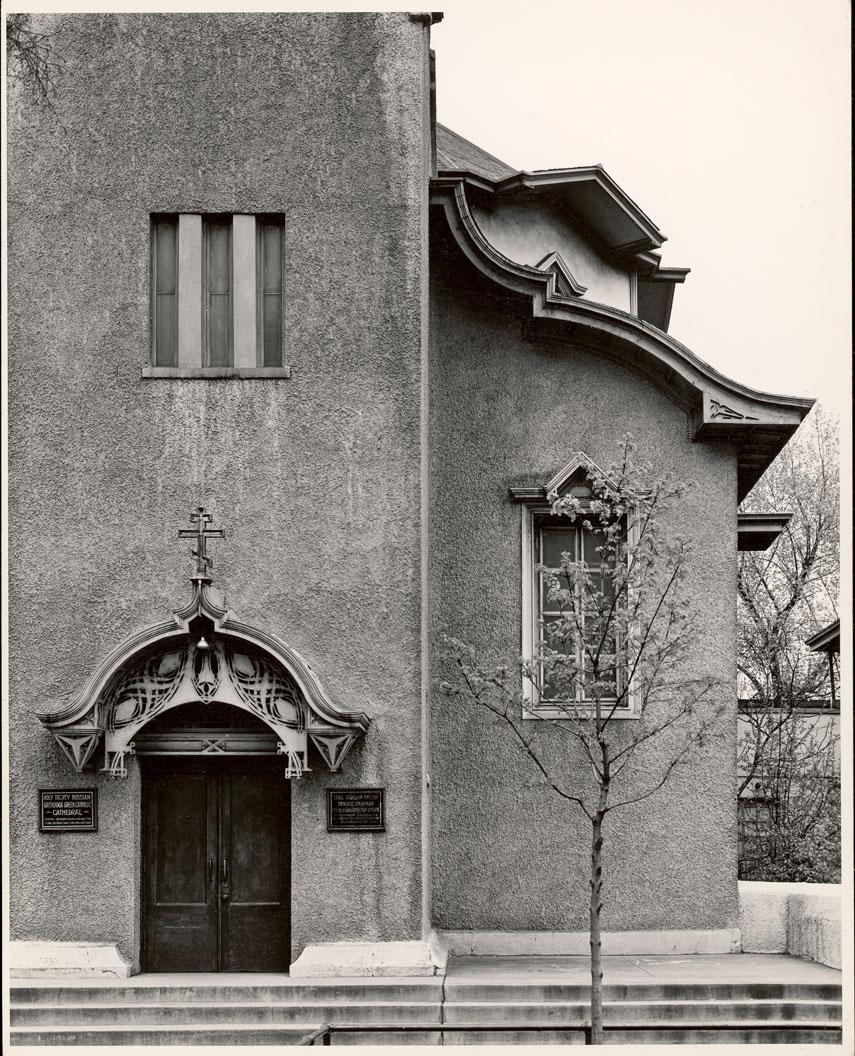
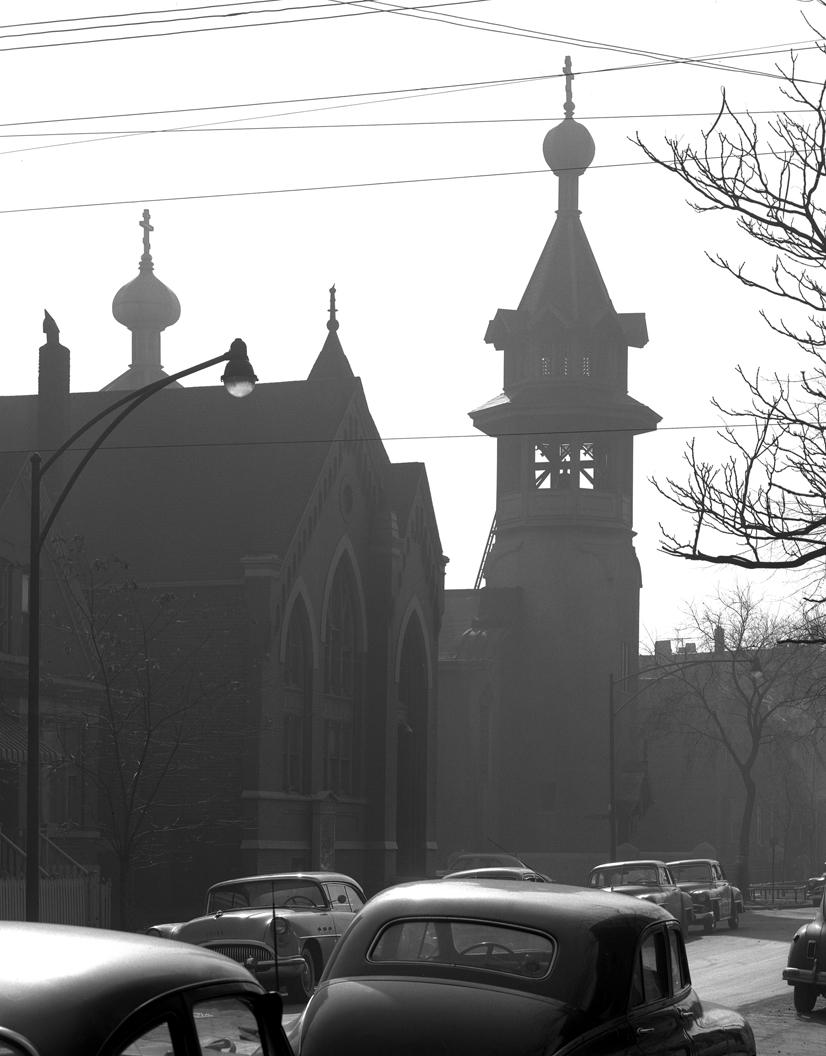
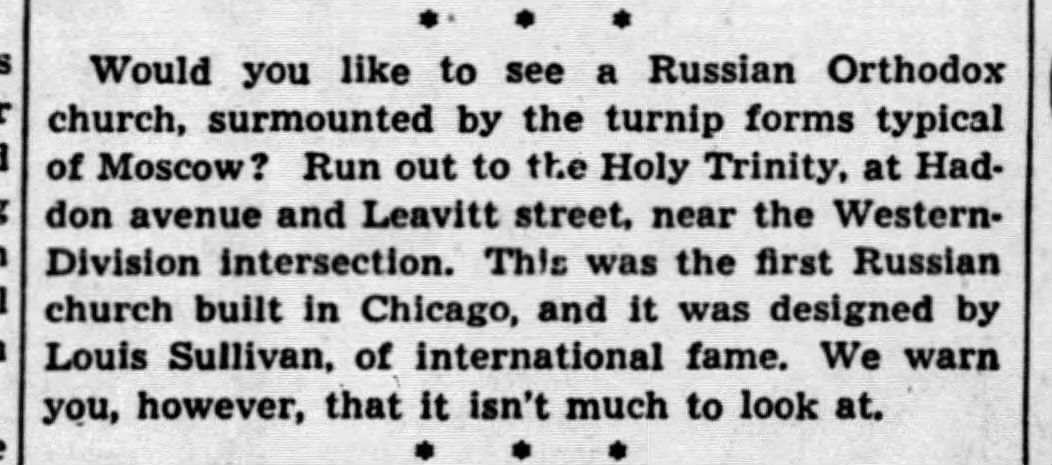
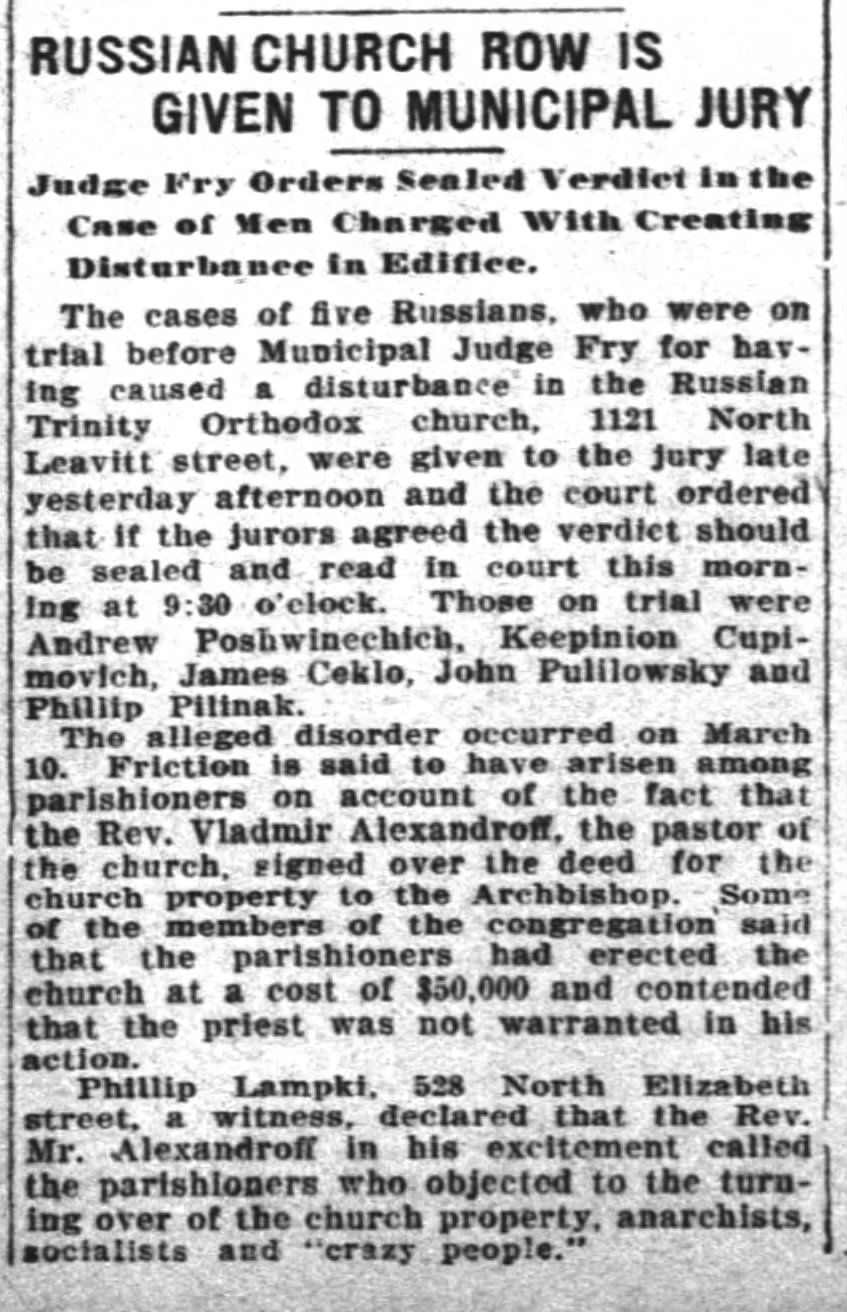
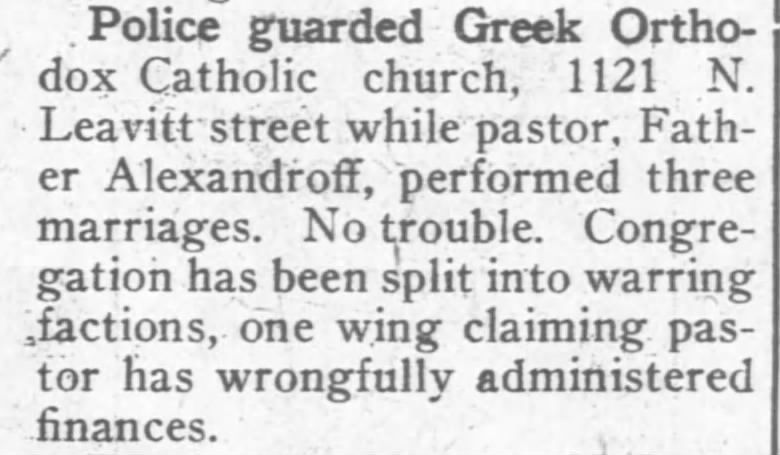
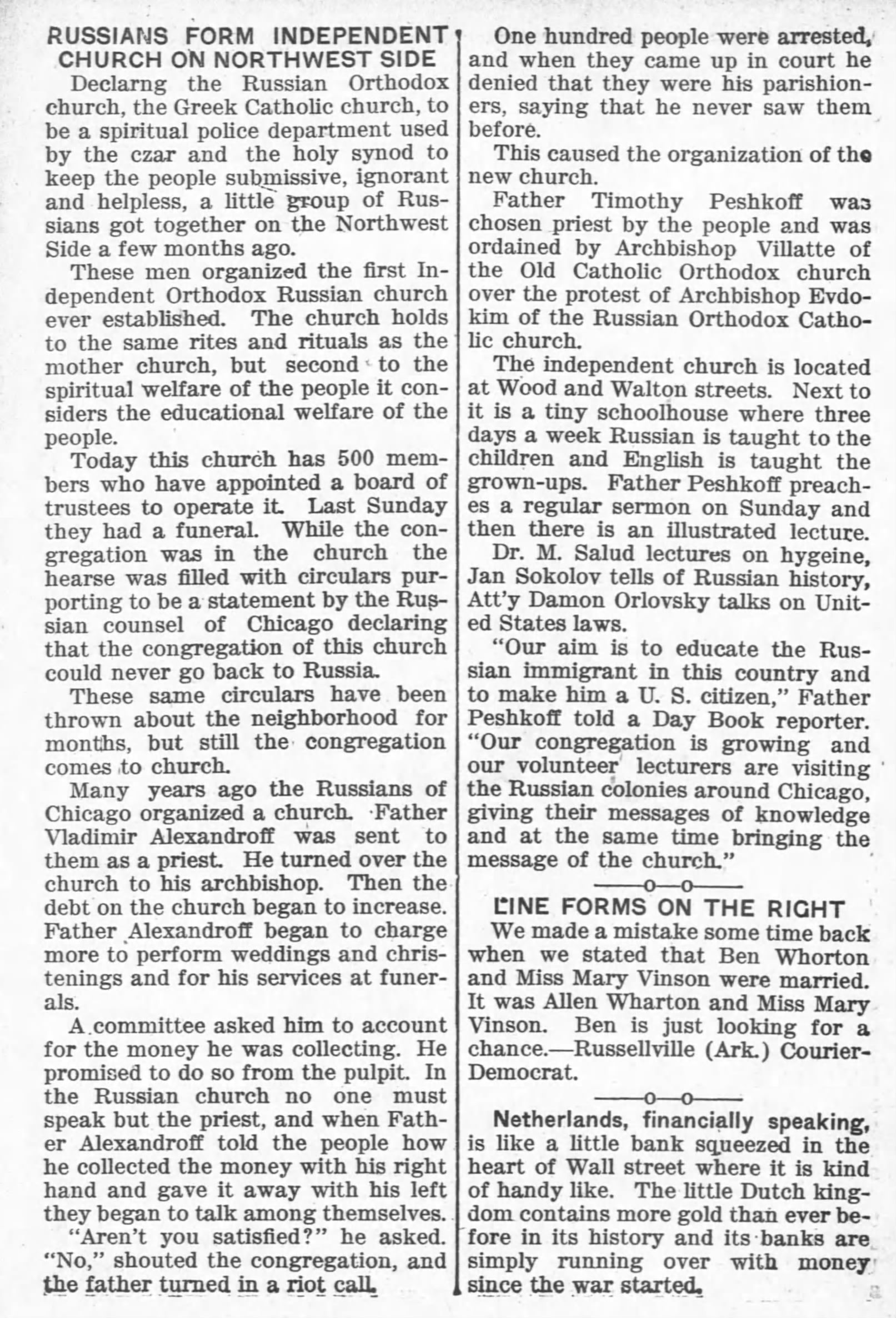
Further Reading:
- The National Register of Historic Places nomination form
- The Chicago Landmark Designation report
- This terrific Prairie School Review article from 1972 by Theodore Turak (PDF)
- This interesting read on its lost sister parish in Streator, Illinois
- Quirky little blog post about the theft of Holy Trinity's bell
- Informative read on the history of the Orthodox Church in Illinois
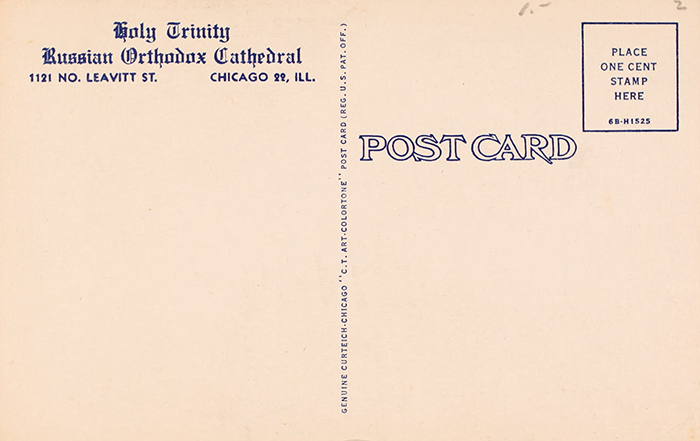
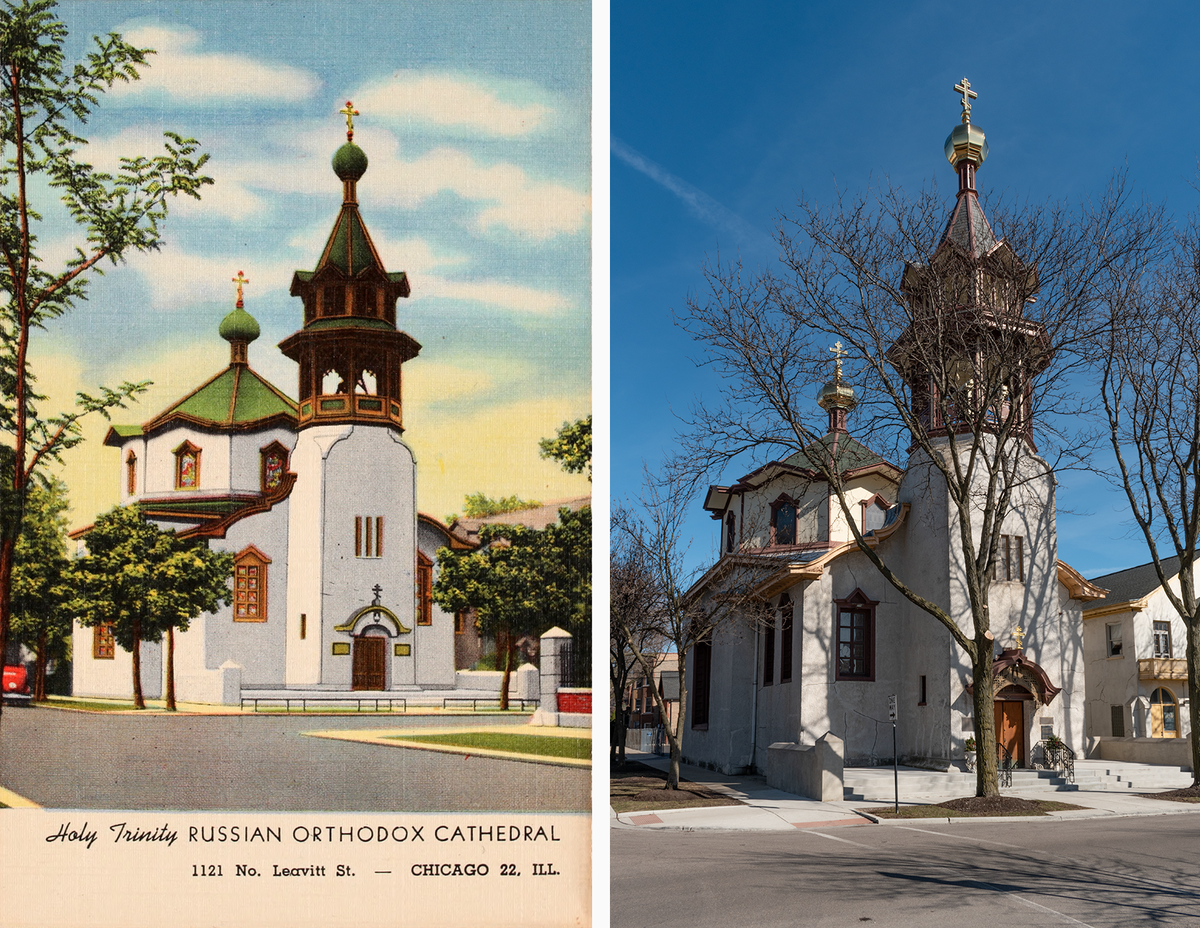
Member discussion: